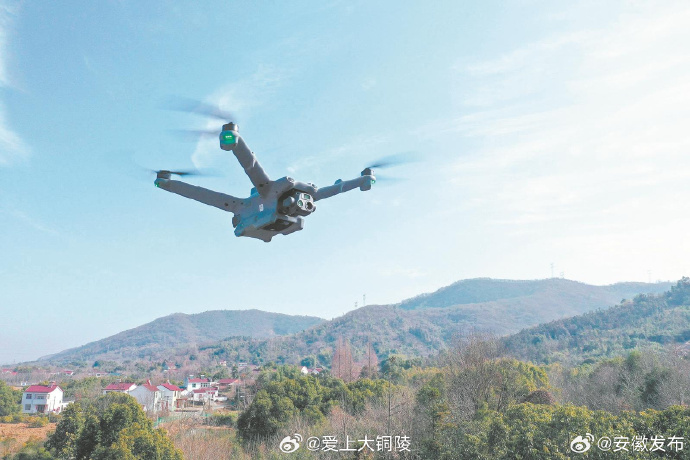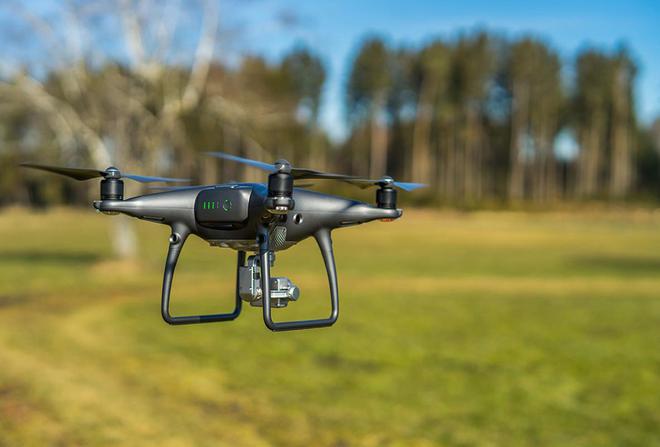Drone infrared cameras are revolutionizing the way we capture images, offering a bird’s-eye view through the lens of cutting-edge thermal technology.
Understanding the Power of Drone Infrared Cameras
At the core of this innovation lies the ability to detect heat signatures invisible to the naked eye. Whether it’s for surveillance, rescue operations, or wildlife monitoring, drone infrared cameras provide unmatched clarity and precision. They work by translating infrared radiation into visible images, allowing us to see the world from a new perspective.
One of the major applications of these cameras is in search and rescue missions. Often deployed in areas difficult to navigate, drones equipped with infrared cameras can easily locate individuals or animals by detecting their heat signatures. This speeds up operations significantly, saving lives and resources.
Benefits Across Industries
- Agriculture: Farmers use drone infrared cameras for crop health assessments. By recognizing heat patterns, they can identify areas needing irrigation or check for pest infestations.
- Construction: Drones assist in inspecting industrial pipelines and buildings, detecting heat losses that indicate potential issues.
- Wildlife Conservation: Monitoring nocturnal animals is facilitated by thermal imaging, providing valuable ecological data without disturbing natural habitats.
Enhancing Security Measures
Security agencies benefit considerably from the deployment of drone infrared camera technology . During nighttime operations or in environments obscured by smoke or dust, these cameras enhance visibility.
. During nighttime operations or in environments obscured by smoke or dust, these cameras enhance visibility.
Infrared imaging transforms the way security threats are detected and neutralized.
Moreover, when integrated with AI algorithms, drones can predict and respond to potential threats autonomously.

Challenges in Drone Infrared Technology
Despite their advantages, drone infrared cameras come with challenges. The cost of high-quality sensors can be prohibitive. Additionally, interpreting infrared data requires expertise, which not all users possess. Furthermore, atmospheric conditions such as humidity can affect infrared transmission.
Exploring Future Innovations
The future holds exciting prospects for drone infrared cameras. With continuous advancements in sensor technology and AI integration, we can expect even greater accuracy and wide applications. Researchers are working on enhancing image resolution and reducing operational costs to make this technology accessible to more industries.
The versatility of drone infrared cameras promises to unlock new potential, pushing the boundaries of how we interact with our environment.
Frequently Asked Questions
- How do drone infrared cameras work?
- They capture infrared radiation and convert it into images that depict heat distribution, offering unique thermal visualization.
- Can humidity affect infrared imaging?
- Yes, humidity can reduce the clarity of infrared images by affecting the transmission of thermal radiation.
- Are drone infrared cameras expensive?
- While advanced models are pricey due to high-quality sensors, costs are gradually decreasing as technology evolves.